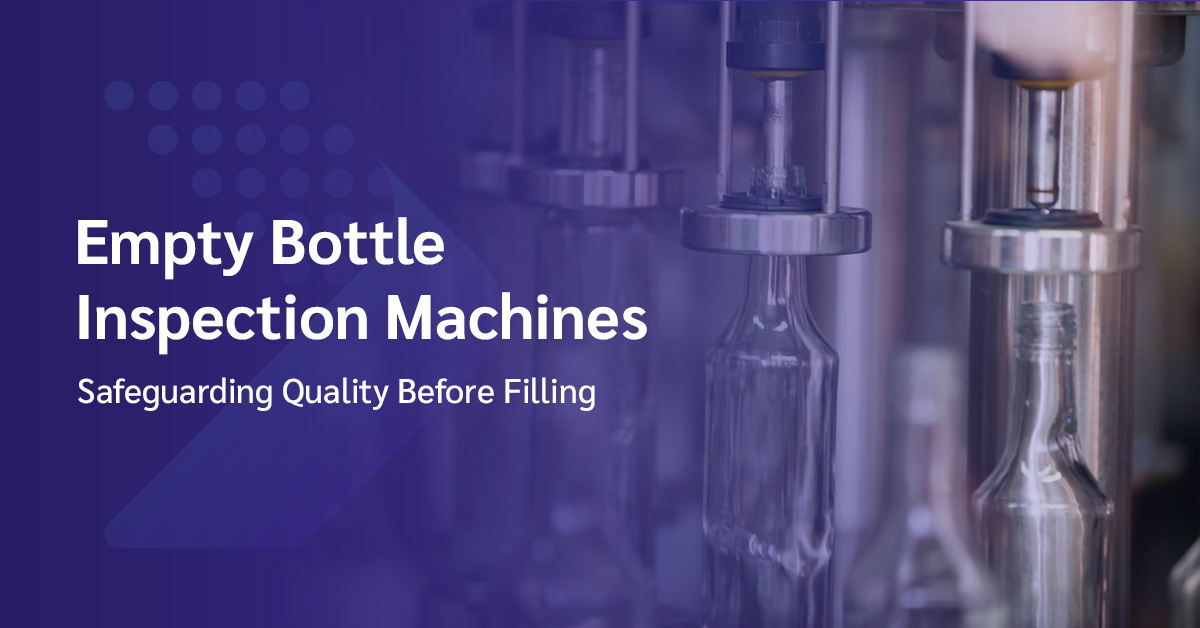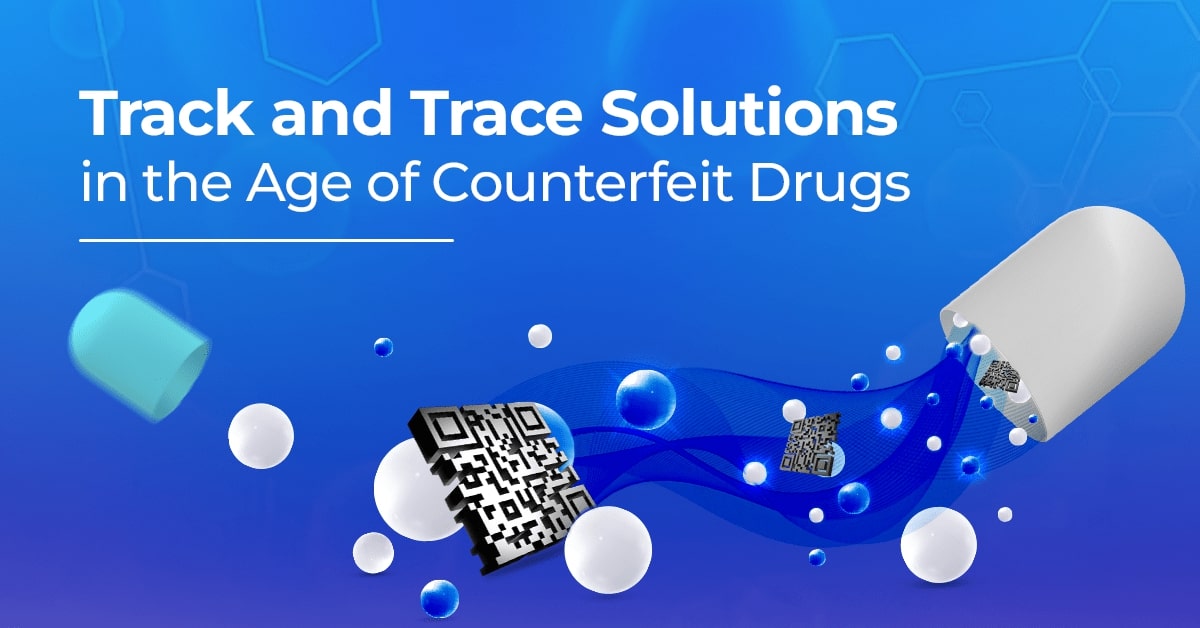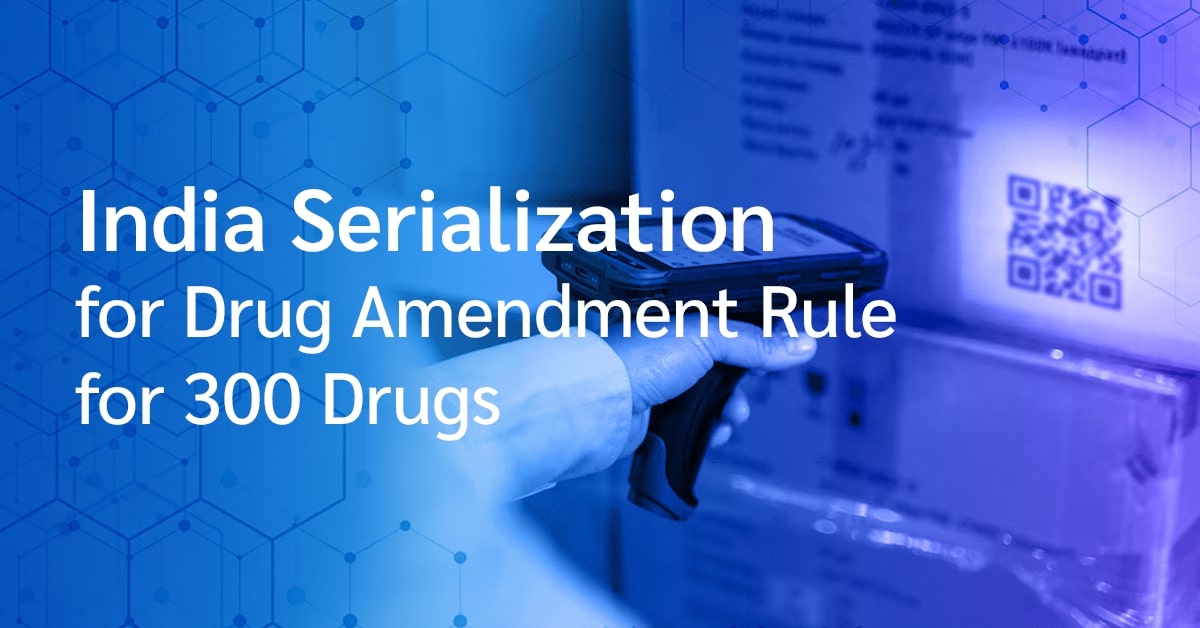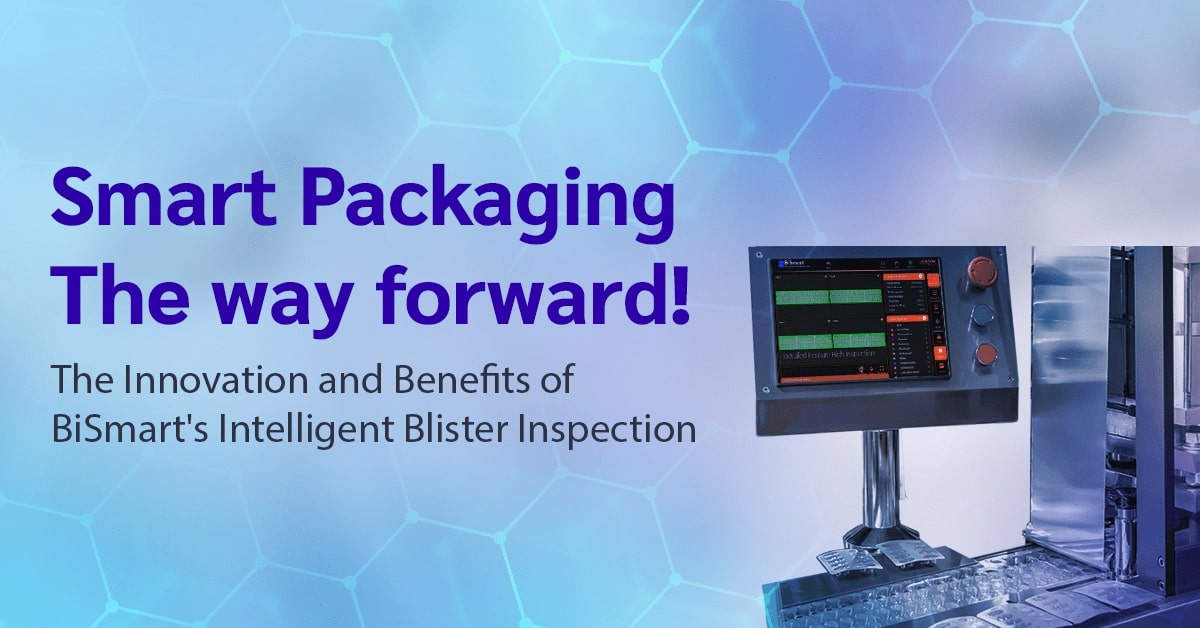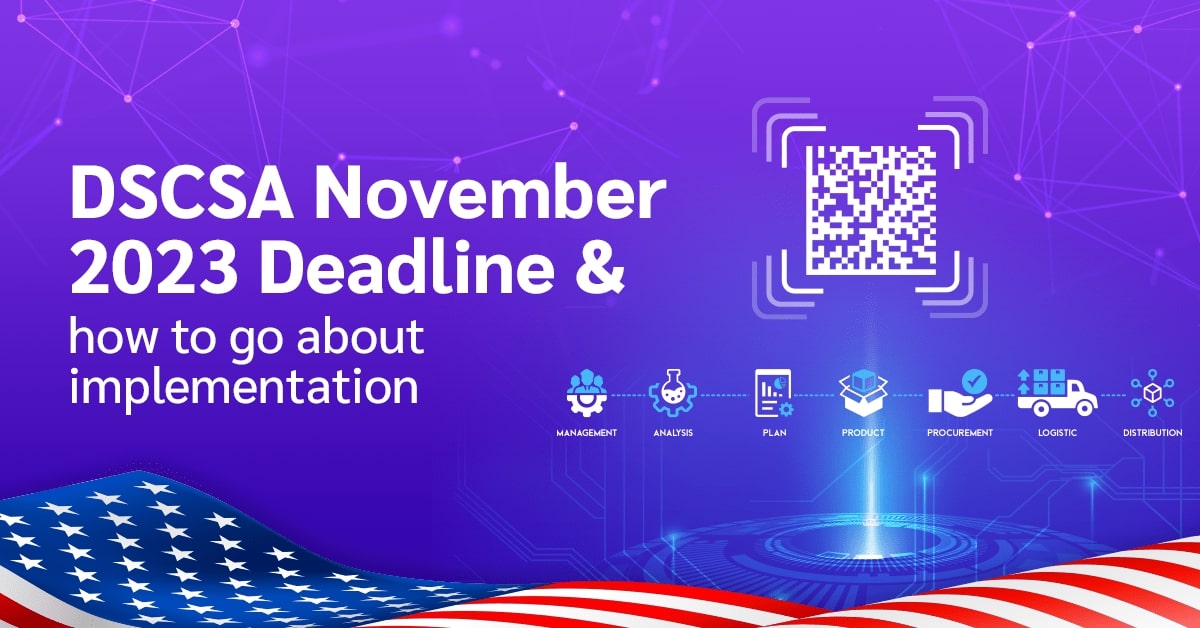In the packaging industry, especially within pharmaceutical, food, and beverage sectors, empty bottle inspection (EBI) is a critical step to ensure the integrity, cleanliness, and suitability of bottles before they are filled with the final product. Even a minor defect or contamination in a bottle can lead to product spoilage, safety issues, or brand damage.
Modern production lines rely on automated vision inspection systems to identify defective bottles swiftly and accurately. However, empty bottle inspection comes with its own set of challenges that manufacturers must address to maintain product integrity and operational efficiency.
- Why Is It Important to Inspect Empty Bottles?
Empty bottle inspection is not just a formality — it’s essential for maintaining product safety, regulatory compliance, and brand reputation. Here’s why it matters:
- Product Safety:
Defective or contaminated bottles can compromise the safety of the final product, posing serious health risks to consumers. - Operational Efficiency:
Identifying and rejecting faulty bottles early prevents production line jams, downtime, and product waste. - Regulatory Compliance:
Industries such as pharmaceuticals and food are governed by strict packaging regulations, and defect-free containers are a basic requirement. - Brand Protection:
Delivering high-quality, safely packaged products strengthens customer trust and protects brand reputation. - Cost Reduction:
Early defect detection saves costs by minimizing rework, product loss, and potential recalls.
- How Empty Bottles Are Inspected: Step-by-Step Process
The empty bottle inspection process is fully automated and designed for high-speed environments. Below is a typical step-by-step workflow:
- Bottle Feeding & Orientation
- Bottles are fed into the inspection system via a conveyor and are correctly spaced and aligned for inspection.
- External Inspection
- Cameras inspect the outer surfaces for scratches, cracks, deformities, or leftover labels.
- Finish (Mouth) Inspection
- The bottle’s neck and opening are checked for chips, cracks, and other defects that could compromise sealing
- Sidewall Inspection
- The sidewalls are inspected for dirt, stains, inclusions, or structural defects.
- Bottom/Base Inspection
- The base is checked for cracks, blisters, or foreign particles.
- Inner Surface Inspection
- Advanced lighting and imaging technologies inspect the interior for contamination, moisture, or glass shards.
- Rejection of Defective Bottles
- Any bottles failing inspection criteria are automatically rejected to ensure only compliant bottles proceed to the filling station.
- Common Challenges in Empty Bottle Inspection and How to Overcome Them
- Transparent Defects Detection
- Transparent containers can mask defects such as hairline cracks, thin residues, or fine contamination.
Solution:
- Use multi-angle lighting, backlighting, and polarization to highlight hidden defects.
- Employ high-speed, high-resolution cameras to capture fine details accurately.
- High-Speed Production Lines
- Inspection accuracy can decrease at high production speeds, risking false rejections or missed defects.
Solution:
- Deploy real-time image processing systems with advanced algorithms that maintain accuracy even at high throughput.
- Synchronize bottle tracking with inspection triggers to ensure each bottle is correctly scanned.
- Variability in Bottle Shapes and Sizes
- A single production line may process bottles of various shapes, sizes, and materials, complicating inspection setups.
Solution:
- Implement flexible inspection systems with adjustable hardware and adaptable software configurations.
- Use quick-change components and programmable inspection recipes for fast product switching.
- Internal Contamination Detection
- Identifying particles, moisture, or defects inside transparent bottles is particularly difficult.
Solution:
- Apply top lighting, bottom illumination, and side lighting to enhance internal visibility.
- Utilize 3D imaging or depth-mapping technologies for more precise internal inspections.
- Environmental Interference and False Rejection
- External factors such as vibration, improper lighting, and reflections can cause false positives or missed defects.
Solution:
- Design robust inspection stations with vibration damping and controlled lighting environments.
- Use adaptive image processing to filter out background noise and adjust to line variations.
- Data Logging and Traceability
- Inadequate tracking of inspection results can lead to traceability issues, especially in regulated industries.
Solution:
- Integrate inspection systems with data management and traceability software for real-time reporting.
- Enable complete batch-wise inspection tracking to comply with regulatory requirements.
Conclusion:
Empty bottle inspection is a critical step that helps manufacturers ensure product safety, regulatory compliance, and customer satisfaction. Although the process is complex and comes with unique challenges, the use of advanced vision inspection technologies, proper lighting strategies, flexible system designs, and robust data management can effectively overcome these hurdles.
By investing in reliable and adaptable empty bottle inspection solutions, manufacturers can achieve seamless operations, reduced waste, and consistently high product quality.

